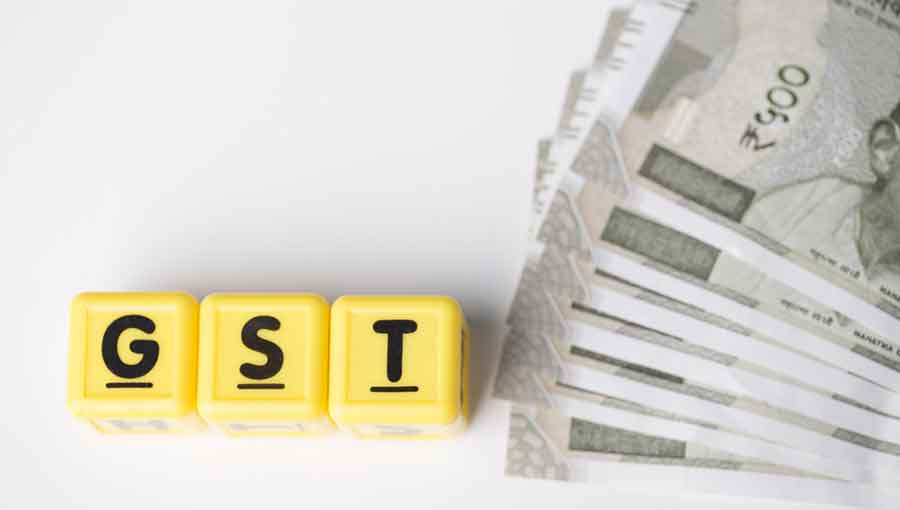The GST rate structure could be simplified without much loss of revenue by having three slabs — 8 per cent, 15 per cent and 30 per cent, a government think tank said.
The study by the National Institute of Public Finance and Policy said merging the 12 per cent and 18 per cent rates into a rate lower than 18 per cent may result in a revenue loss.
The government can fix three rates 8 per cent, 15 per cent and 30 per cent for revenue neutrality. “In all scenarios, we assume that status quo in special rates will be maintained.”
In the present structure of the GST, there are seven different rates apart from “zero” or nil rate. There are three special rates — diamonds and precious (semi-precious) stones attract 0.25 per cent and gems and jewellery, 3 per cent; and 0.1 per cent for the supply of goods to merchant exporters.
There are four standard GST rates – 5 per cent, 12 per cent and 18 per cent and 28 per cent. There is a low rate of tax of 5 per cent on essential items and the top rate of 28 per cent on cars.
Besides, a cess is imposed on the highest slab of 28 per cent on luxury, demerit and sin goods.
NIPFP associate professor Sacchidananda Mukherjee who authored the study on the rate slabs said merging the 12 per cent and 18 per cent rates into any rate lower than 18 per cent may result in a revenue loss.
The 18 per cent slab makes up 40 per cent of the GST collections against 12.3 per cent by the 12 per cent slab.
If the merged tax base attract 15 per cent, there will be a revenue loss, and the highest slab needs to be increased to 38 per cent to compensate for the loss.
Alternatively the council can increase the lowest slab to 8.81 per cent from 5 per cent.
The council can also consider a three rate structure by adopting 8 per cent, 15 per cent and 30 per cent and it may help to achieve revenue neutrality.
“In all scenarios, we assume that special rates will continue as prevalent at present. Sequencing the transition to new GST rate structure will be important to minimise the costs associated with tax compliance, tax administration and economic distortions. Consultations of stakeholders would be another important aspect before introducing new GST rate structure,” Mukherjee said.
“As we move closer to the completing five years of GST, it is essential to review rates for products and aim to reduce the number of slabs.
“Ideally there should be three rate slabs with a standard rate for the majority of products and a lower rate for essentials and a higher rate for demerit goods. This will ensure movement to a revenue neutral rate of 15 per cent over a period of time,” M.S. Mani, senior director, Deloitte India, said.
“The Group of Ministers under the convenorship of Karnataka chief minister is exploring the possibilities of bringing down the GST rate structures from 5 per cent, 12 per cent, 18 per cent and 28 per cent to only 3 rates i.e 5 per cent, 15 per cent and 28 per cent. They are looking at the possibility of merging the 12 per cent and 18 per cent rate to a common rate of 15-16 per cent. The impact on case flows of the said changes is being verified,” Parag Mehta, partner, N.A.Shah Associates said.











